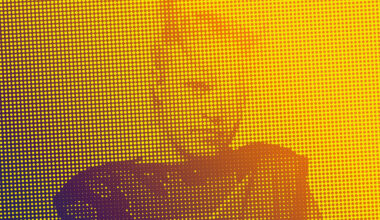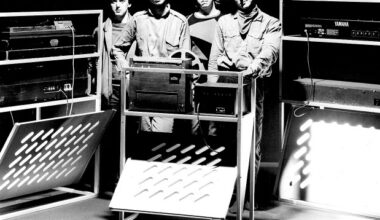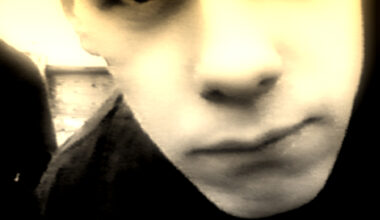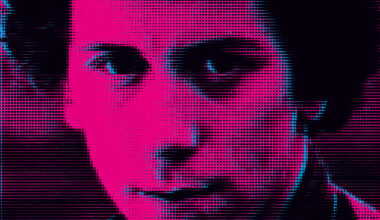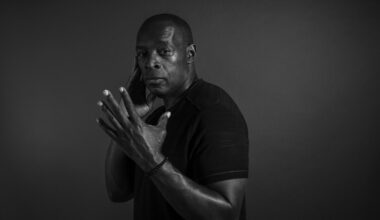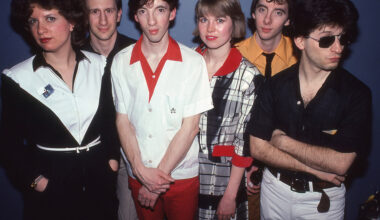Liquid Liquid’s Sal Principato tells us about their 1982 ’Optimo’ EP, which features the no wave classic ‘Cavern’, a track that caught Grandmaster Flash’s magpie ears
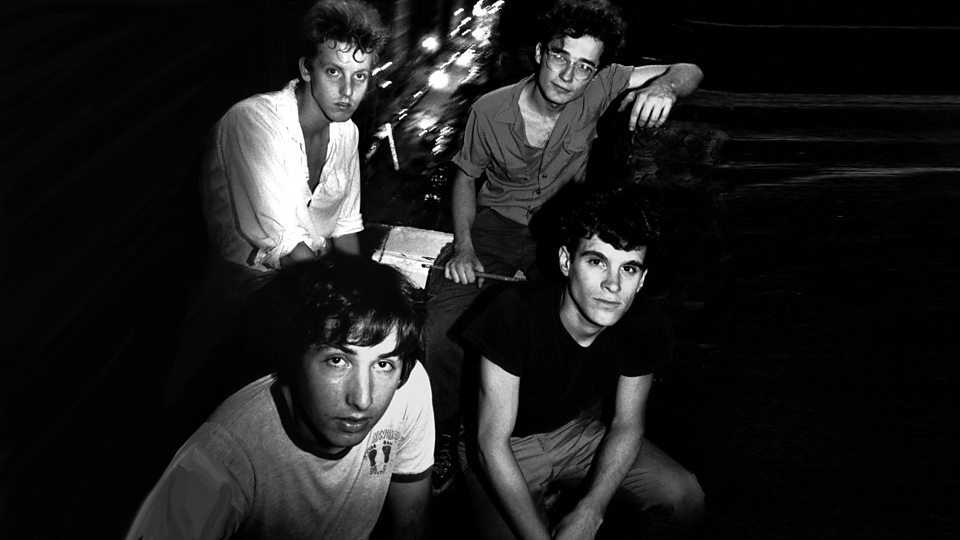
“Before we hooked up with 99 Records, we shopped at the 99 record store. We also shopped at Bleecker Bob’s on West 3rd Street. Bob stocked a lot of the music we were interested in, and discovered many others – but 99 took it to another level. We were in awe of them. That’s why we dropped off our demo tape there. It was just a cassette – five live tracks – but Ed Bahlman said he liked our sound. When he asked, ‘Can I see you perform?’, we asked, ‘Can you get us a gig?’.
“Up until then we’d only done loft parties and one show at CBGB’s. There was this wonderful weekly event at a loft on Broome Street and Bowery called Wednesdays At A’s, where Arleen Schloss organised a multimedia extravaganza. Ed started to get us more high-profile gigs. He managed two bands – ESG and Liquid Liquid – so periodically we’d perform together. We also hung and performed with the KONK guys. Al Diaz and Shannon Dawson played on some of our tracks. Glenn Branca helped facilitate our relationship with Ed and 99 by putting in a good word. It wasn’t a huge scene so we crossed paths with everyone – Thurston Moore, Cynthia Sley and Pat Place from Bush Tetras.
“The ‘Optimo’ EP was recorded in 1982 in the former WNBC radio broadcast studio on the top floor of Radio City Music Hall. It was an amazing room. We tried to integrate the various sound effect props left behind from those radio broadcasts. For instance, there was a door in a door frame that we slammed at the end of ‘Out’. The band at that point were Scott Hartley on drums, Richard McGuire on bass, Dennis Young on marimba, and me on vocals. All of us were on assorted percussion. Lots of percussion – marimba, bongos, drums, bass and anything else we could get our hands on, including a Sequential Circuits Pro-One analogue synth.
“Personally, I was drawn to percussion and the directness of stick on skin, stick on stick, stick on metal. It’s the most elemental musical form. I also had this Korg delay/reverb unit called a Stage Echo, which I used when we performed live. I guess it was too noisy to use for recording, so we simply tried to mimic its effect in the studio.
“I don’t really remember how long the session went on for, but I’m pretty sure it was fairly short and sweet because we were very fluid, no pun intended, at the time. It was an organic coming together of the elements. If one instrument expressed itself confidently, then the rest of us would follow its lead. That said, drums and bass would often be the anchor. Sometimes a ‘song’ didn’t emerge until we went into the studio, expanding on a groove that we’d come up with, and then editing it down. The engineer, Don Hünerberg, would be splicing, dicing and arranging the recording tape, making piles and piles on the floor – it was old school cut-and-join with the tape, as opposed to digital click, cut and paste. It was a sight to see. This was certainly true with ‘Cavern’. I guess we did a 12-minute amorphous version of it, and eventually it was refined into something good enough to be released.
“I believe ‘Optimo’ was pretty much intact when we recorded it. But certain flourishes were created in the moment, like the backward cowbell in the beginning. Besides the four tracks released on the original EP, there was ‘Sank Into The Chair’, an uptempo nugget that came out as a bonus track on the Domino reissue. Also there was an extended improv groove that’s sitting somewhere in the vault. One of my best memories from that session was when Dennis and I took the freight elevator to go pick up lunch for everyone, and halfway down a whole lot of Radio City Rockettes came aboard. It was like being in a forest of really long legs and feathers.
“Before music, I aspired to be a poet and was reading a lot of poetry – Arthur Rimbaud, Walt Whitman, and a lot of prose – Émile Zola, Theodore Dreiser. I was living in San Francisco prior to joining Liquid Liquid, hanging out for hours at the City Lights bookstore, but at the same time I didn’t want to be too literal. Impressionistic was how I felt. Using language to convey form more than meaning. ‘Slipping in and out of phenomenon’… that’s life, no? A combination of inspired, effortless movements along with pedestrian, sometimes futile, work-a-day efforts. Both are instructive and make us who we are.
“’Cavern’ was a process, so there wasn’t any ‘Ah-ha!’ moment. If I’m not mistaken, and perhaps Richard might disagree or not remember, he thought the bassline was boring because it was only two notes. It goes to show that it’s more about approach and feel and not necessarily sequence. Ed worked and re-worked various mixes of ‘Cavern’. He would give the acetates to his brother Bill, who was a DJ at a spot in the West Village, to measure which parts the audience responded to. After it was released, he got it played on the urban contemporary stations, WBLS and WKTU. It became this oddball hit as part of radio master-mixes and in clubs like The Roxy and Paradise Garage. That’s probably where Sugar Hill Records picked up on it – somewhere like The Fun House, Danceteria, or Club Zanzibar.
“The first I heard about ‘White Lines’ was on a Sunday afternoon, during a free concert in Tompkins Square Park. An acquaintance came up to me and asked, ‘Did you hear the new Grandmaster Flash And The Furious Five jam?’. I said, ‘No I haven’t’. They replied, ‘It sounds like Liquid Liquid’. And I’m like, ‘Well… what does that mean?’. We used to joke about someone trying to do a cover version of a Liquid Liquid song, but there it was… the bass, the drum and the vocal melody…”
